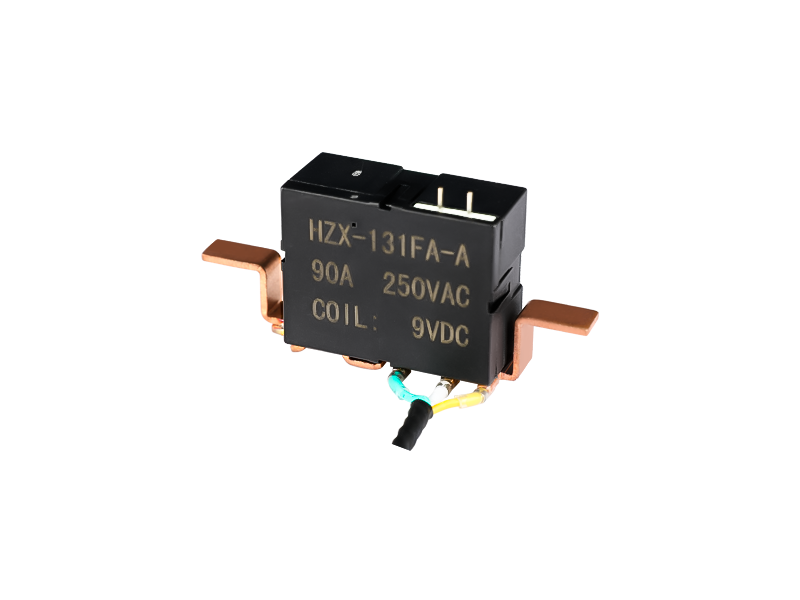Typically,
magnetic latching relays are used to switch between one or more circuits. Compared to mechanical relays, they can offer faster switching and a higher current-draw capacity. They are also safer and less bulky. They are widely used in different fields. For instance, they are applied to electric appliances, offices, and aerospace.
There are several types of magnetic latching relays. These include bipolar, single-phase, and dual-phase. There are also magnetic latching relays that use a single coil. Some are also available with double coils. They are very efficient and offer a long service life. They are also suitable for powering high-current applications. They are also very convenient. They have a memory feature, which allows them to hold their positions even without reapplying the power. They can be used to power certain types of timed cycles. They are also used for flashing indicator lights and warning lights.
Magnetic latching relays can be customized, depending on their function and the type of application. They can be used to power LEDs and flashers at various repeating intervals. The coils used to control the relay can be specified at the time of order. This is because they must be energized to a certain rated voltage. If the rated voltage is not reached, the relay will not work. It is also important to ensure that the pulse width of the pulses used to open and close the coil is larger than the rated voltage.
Magnetic latching relays have an armature that is set in an iron core. This allows the armature to be controlled by the magnetic field. They can also be used to switch multiple circuits at once. They have movable contacts that are subject to large resistance. These contacts also have high temperatures. They are also held in place by physical locking mechanisms. This allows them to operate with high reliability. Compared with mechanical relays, they can also be very efficient.
A magnetic latching relay is connected to a solid-state circuit. The circuit determines the position of the relay when the power is applied. When a pulse of current is applied to the coil, it generates a magnetic field that moves the contacts in one direction. When the current is removed from the coil, it pushes the contacts to the other terminal. Then, the relay will switch back to the original position. If it does not switch back to the original position, the relay will reset.
Some of the latching relays are designed with a memory feature. This can be helpful in situations where there is constant use. It can also be beneficial when energy efficiency is a concern. They can also be used to power devices at specific repeating intervals. These include one-shot timers. These can be used to power certain types of timed cycles, such as amusement park rides. These timers will wait for a trigger to be energized before reapplying the power. When the trigger is removed, the output will de-energize.

90A switching capability
Very minimal power consumption from the coil
9mm creepage distance
4KV dielectrics strength coil to contact
In accordance with IEC62055-31:UC2
Outline dimensions:(36*30*16.5)mm
CE,CQC compliant







